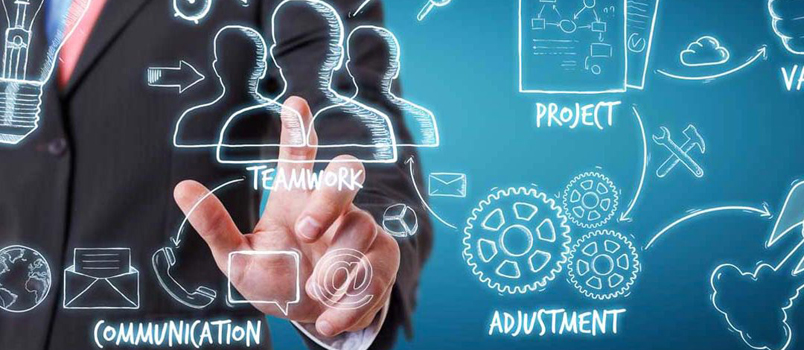Have you ever wondered how the complex pieces of tech you use every day are created? It’s thanks to some intricate engineering and development from manufacturers who take an assembly of parts and tools, and see how they fit together. A product’s lifecycle is always an interesting process, and many businesses are even using software solutions to make it more efficient.
Streamlining the Manufacturing Process
A bill of material can lead to a business overhauling their development process, and software is utilized to integrate these bills with cloud technology, automatic revision processes, and integration with currently used engineering tools. Typically, the life cycle of a development process contains steps like planning, budgeting, and gathering of necessary resources, which is why bills of material and access to quick sharing capabilities are essential tools. A bill of materials comes in handy because they list all necessary information manufactures and suppliers would need to know about the items required to fulfill project goals. The bill of materials includes a detailed collection of working parts, measurements, numbers, proportions, and more. They contain reference numbers for determining which materials are necessary at any given time. They also incorporate explicit details as to what the parts do and how they are used. All this information can be streamlined by being located in one place, which is the reason these bills are a critical component of PLM.
These software solutions save costs by ensuring that all necessary information is readily available and convenient to access. Changes can be made at a moment’s notice, and communication between different teams can be done without hassle. Sharing key information is made much easier thanks to everyone being on the same page, and any last second revisions can be viewed by all necessary parties without any delay. This can prevent some critical issues from springing up, for example, if a company has listed the wrong length of a certain part on their order, it can throw off the development of the entire product until the correct size is obtained, costing a lot of time and money. With a new form of development utilizing a bill of material, these issues can be avoided by having a single resource where all necessary information is listed, and previous orders can even be reutilized into new orders so that product revisions can be built using a similar base.
This benefits businesses by providing a means to save time and ensure that all accurate information is delivered. If an item model number doesn’t match the items description, these issues can be easily uncovered before they’re too late. Also, the end consumers will see gains such as the products they desire will be in their hands at a faster rate, and will be less prone to defects based on faulty parts. With these development solutions, the entire manufacturing process can be overhauled and simplified thanks to a bill of materials. These records can be easily accessed and changed by a business anytime improvements are necessary, leading to better final products down the line.


